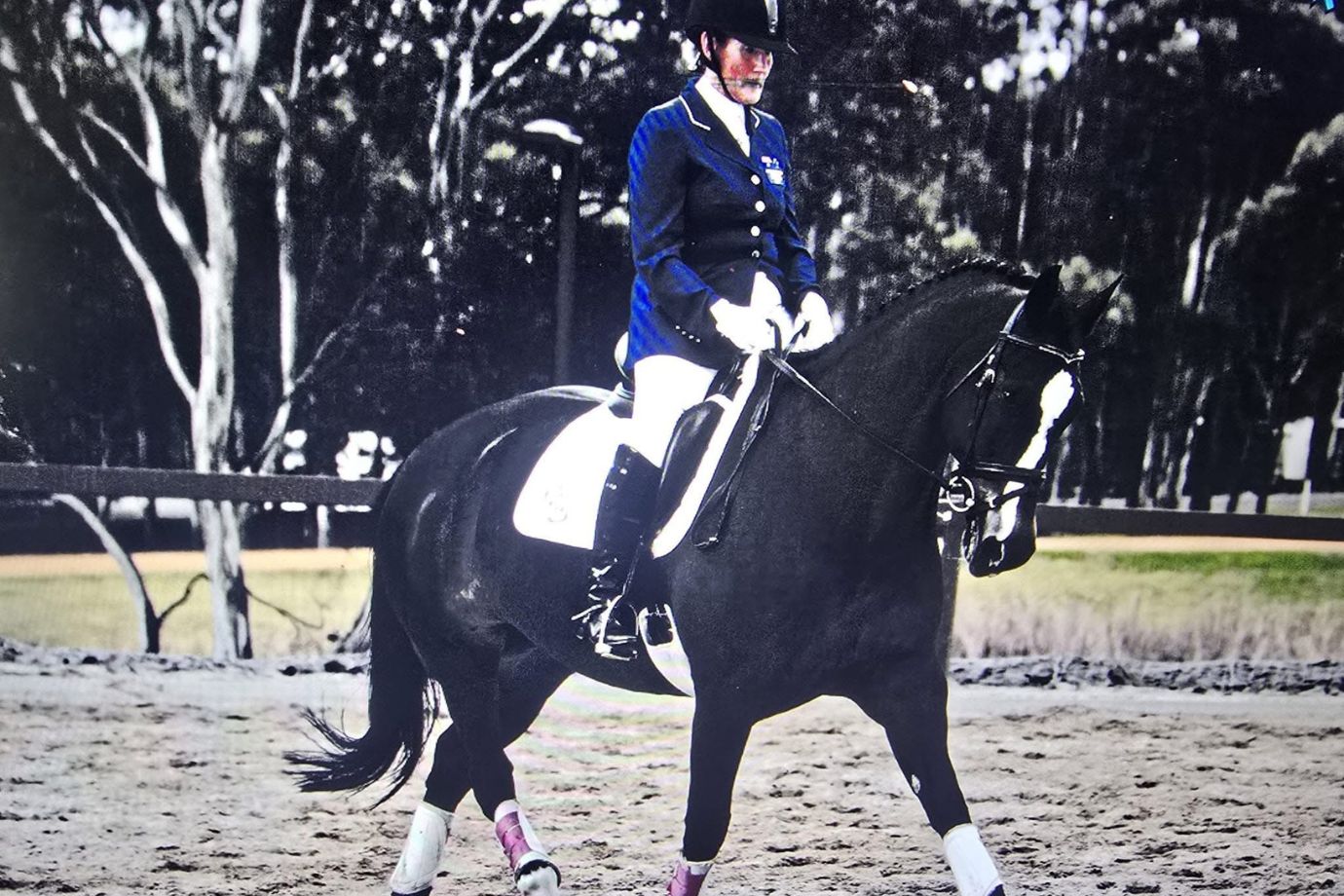Originally published on Women’s Agenda on 10 October 2025.
On the Silver anniversary of the 2000 Sydney Paralympic Games, two of the athletes who competed on the Australian team, taking home a gold medal in the team event, share their story.
The 2000 Summer Paralympic Games were held in Sydney, New South Wales, Australia, between 18 and 29 October.
Anne Skinner was one of the members of the Australian Paralympic para-equestrian squad who competed, helping secure a team medal during the event.
However, in 2000, the squad received very little media coverage, as the skill and effort the athletes demonstrated reached a tiny audience.
“Anything that was reported in the media is the result or expectations of what the result might be, more than the hard work,” Anne criticises. “We have major qualifying competitions, but there’s no media attention on that; it’s sort of people jump out of the stables and here they are.”
Anne says that the time and effort put into achieving Paralympic success for a para-equestrian are often overlooked, with media efforts focusing too heavily on individual achievement rather than skill and effort.
“The media need to highlight that when reporting on an athlete, and how hard it is to get to the Paralympics.”
“I think they get the soft and fuzzies, but they don’t get that it’s hard work and you don’t get to the Paralympics if you don’t have a good relationship with your horse.”
Sue-Ellen Loveitt notes that para-equestrians require a significant level of fortitude to achieve Paralympic success.
“A para-equestrian has to overcome many things before they put the foot in the stirrup, and then the challenges on the horse.”

But while the freedom para-equestrian offers riders, from physical restriction and social discrimination, sometimes that freedom comes at a price.
“When people get on a horse, you don’t look if there’s anything wrong and I think it’s wonderful but sometimes it’s not so easy,” Sue-Ellen points out.
“I would rather someone sees their ability than their disability, but it’s important that someone picks up the fact that it’s a challenge and shows a bit of interest to what happens before you get to an international competition.”
Anne says the relationship between a rider and a horse cannot be underestimated, with each bond taking as much time and effort as any relationship.
“It’s not just a work relationship, it’s an everyday relationship,” Anne points out.
“It takes a long time to build that rapport with a horse.”“There are some that you don’t click with, and there are others that you have a connection with.”
“You can work at it, but it’s either there or it isn’t there.”
However, members of the public rarely understand the bond or the level of skill and perseverance required for a para-equestrian.
Qualifying events are widely advertised within the equestrian community, but awareness among the general public remains severely limited.
Anne says the public needs to be made aware of the effort it takes to get to the Paralympics for there to be a true understanding and appreciation of what it takes to get there.
She points out Australians, well known for love of sport, all know when the Grand Final is happening but the qualifying events for the Paralympics are too often neglected.
“I don’t think it gets outside the Equestrian world, that’s the problem,” Anne reflects. “In the community, it’s followed quite closely.”
Sue-Ellen says that to achieve that level requires courage and determination. “You have to be single-minded and selfish”.
Both Anne and Sue-Ellen achieved something incredible, representing Australia on the international stage. Neither could have achieved it without the support of their horses who were drawn out of a hat before the event began.
During the games, Anne was paired with stock horse mare, Lady Luck.
“She was completely outside what I considered the ideal horse and within 10 minutes, he’d figured me out,” Anne reflects. With the horse rider relationship, it teaches you patience and humility.”
In Athens, she rode Roger Fitzharding’s warmblood gelding, Barlkey Castle.
She was later paired with 18hh Cossack, who in 2007 joined Anne to continue her journey.
“The humility is, I have done something amazing, he’s a 500kg plus horse and I can’t walk and he could put me on the ground but he doesn’t.”
Cossack is now 28 and still with Anne to this day.
Reflecting on her relationship with Cossack and the experiences they share Anne says there is nothing like it to compare. “It’s magical.”

